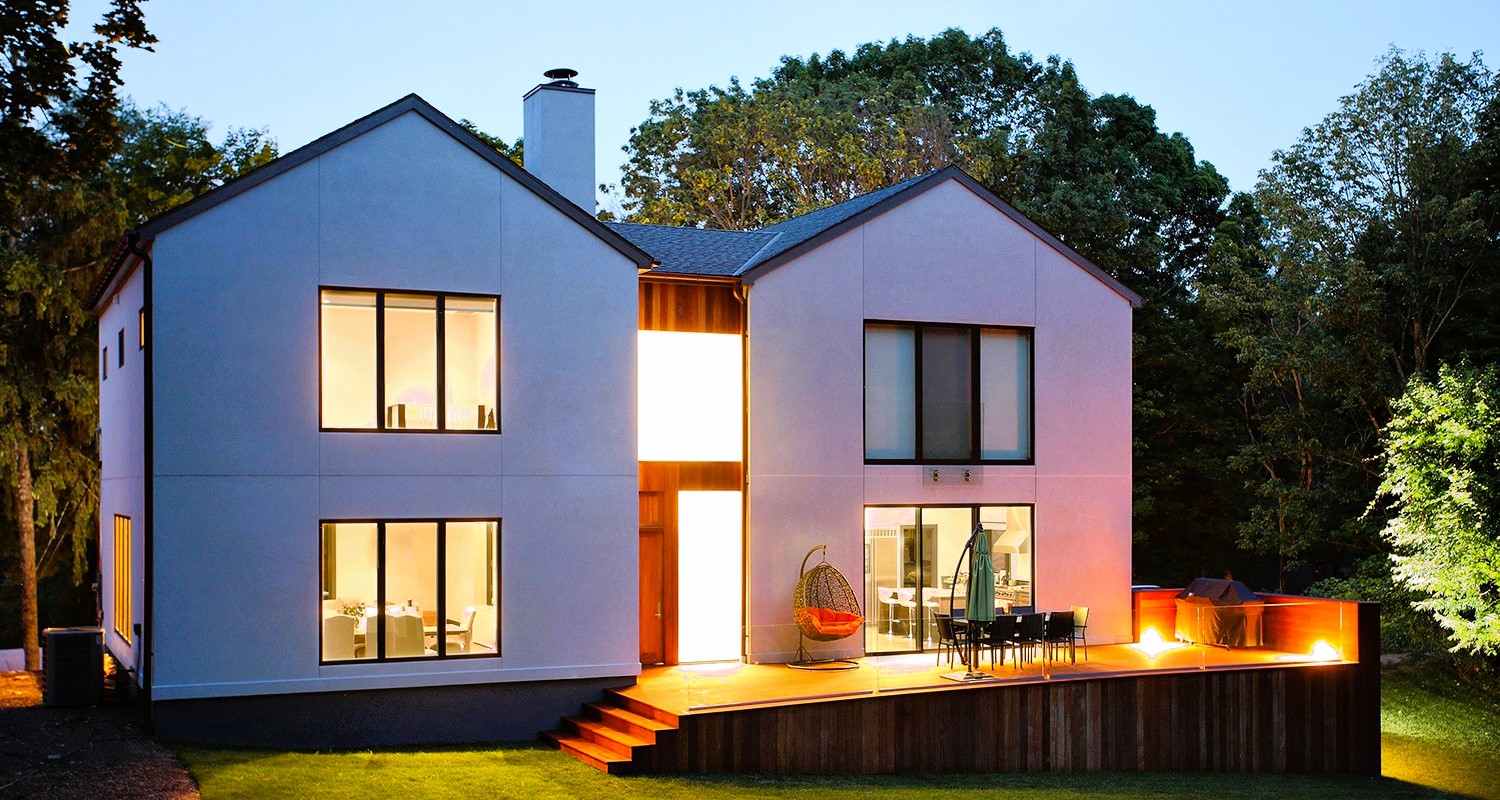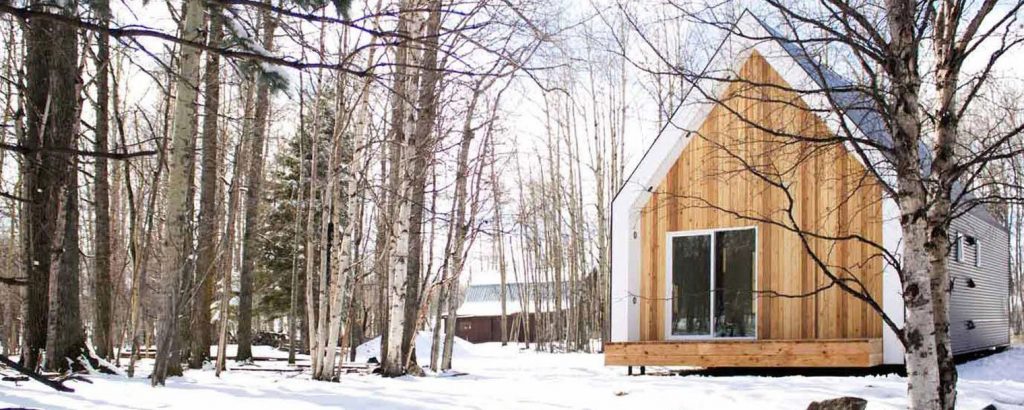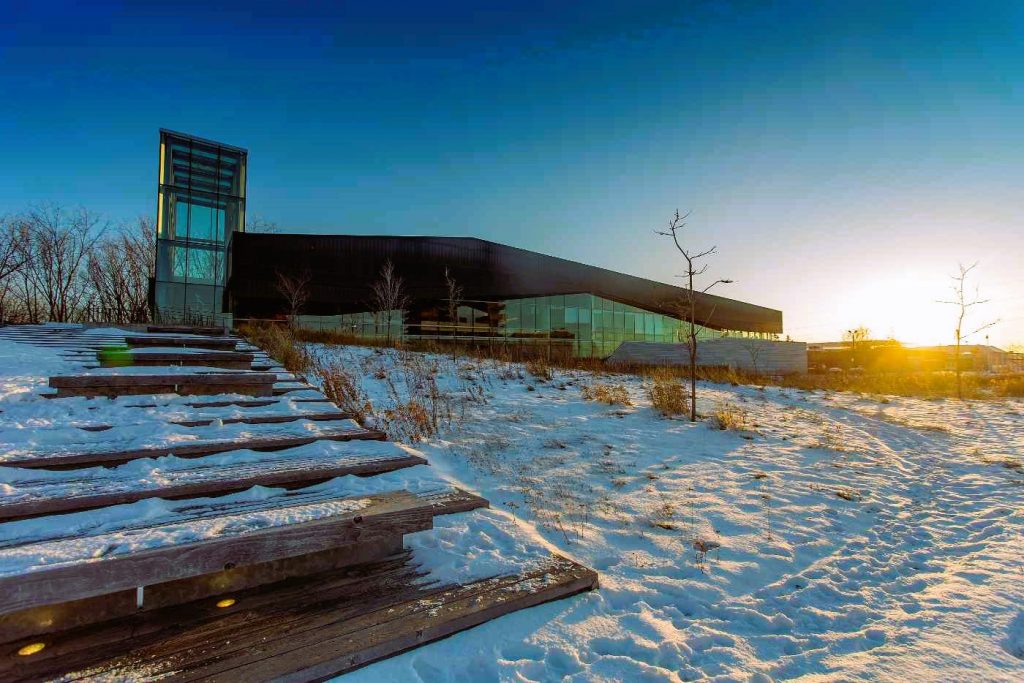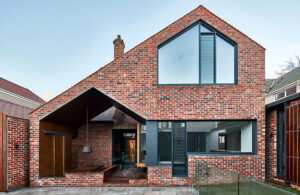
Building a sustainable home in Canada is not only beneficial for the environment but also for your long-term comfort and cost savings. With the increasing focus on environmental conservation and energy efficiency, constructing a sustainable home has become a top priority for many homeowners. In this article, we will explore some top tips to guide you in building a sustainable home in Canada.
- Design with Passive Solar Principles: Incorporating passive solar design principles is a key step in building a sustainable home. By optimizing the orientation and layout of your home, you can maximize natural light and heat gain during winter while minimizing it during summer. This can help reduce the need for excessive heating or cooling, resulting in lower energy consumption.
- Opt for High-Performance Insulation: Insulation is crucial for maintaining a comfortable indoor temperature and reducing energy waste. Choose high-performance insulation materials with high R-values to minimize heat transfer through walls, floors, and roofs. Properly insulated homes are more energy-efficient, requiring less energy for heating and cooling throughout the year.

- Install Energy-Efficient Windows: Windows play a significant role in a sustainable home. Opt for energy-efficient windows with low U-values and high solar heat gain coefficients (SHGC). These windows prevent heat loss in winter and limit heat gain in summer, helping to maintain a comfortable indoor temperature and reduce reliance on artificial cooling and heating systems.
- Consider Renewable Energy Sources: Integrating renewable energy sources into your home’s design can significantly reduce its carbon footprint. Explore options such as solar panels, wind turbines, or geothermal systems to generate clean and sustainable energy. These systems can help offset your energy consumption and potentially lead to long-term cost savings.
- Choose Efficient Lighting: Lighting can account for a significant portion of a home’s energy consumption. Opt for energy-efficient LED or CFL (compact fluorescent lamp) bulbs throughout your home. Use natural light whenever possible by incorporating large windows or skylights into your design.
- Water Conservation Strategies: Implement water-efficient fixtures and appliances to conserve water. Install low-flow showerheads, faucets, and toilets to reduce water consumption without sacrificing performance. Consider collecting rainwater for irrigation purposes and install water-efficient landscaping to minimize outdoor water usage. The Pros and Cons of Vinyl Windows for Canadian Homeowners.
- Use Sustainable Building Materials: Select sustainable and eco-friendly building materials that minimize environmental impact. Look for materials with recycled content, such as recycled steel, reclaimed wood, or recycled plastic. Use locally sourced materials to reduce transportation emissions and support the local economy.

- Prioritize Indoor Air Quality: Pay attention to indoor air quality by using low VOC (volatile organic compound) paints, adhesives, and sealants. Install a proper ventilation system to ensure a continuous supply of fresh air while effectively removing pollutants from your home.
- Efficient HVAC Systems: Invest in energy-efficient heating, ventilation, and air conditioning (HVAC) systems. Choose systems with high energy efficiency ratings and ensure proper sizing and installation. Regular maintenance and filter replacements are essential to optimize their performance.
- Monitor and Control Energy Usage: Install a smart home energy monitoring system to track your energy consumption. This will help you identify areas of high usage and make necessary adjustments to reduce waste. Consider using smart thermostats and programmable timers to optimize energy usage and reduce costs.
Building a sustainable home in Canada is an investment in the future. By implementing these top tips, you can create a home that is not only environmentally friendly but also energy-efficient, comfortable, and cost-effective.






